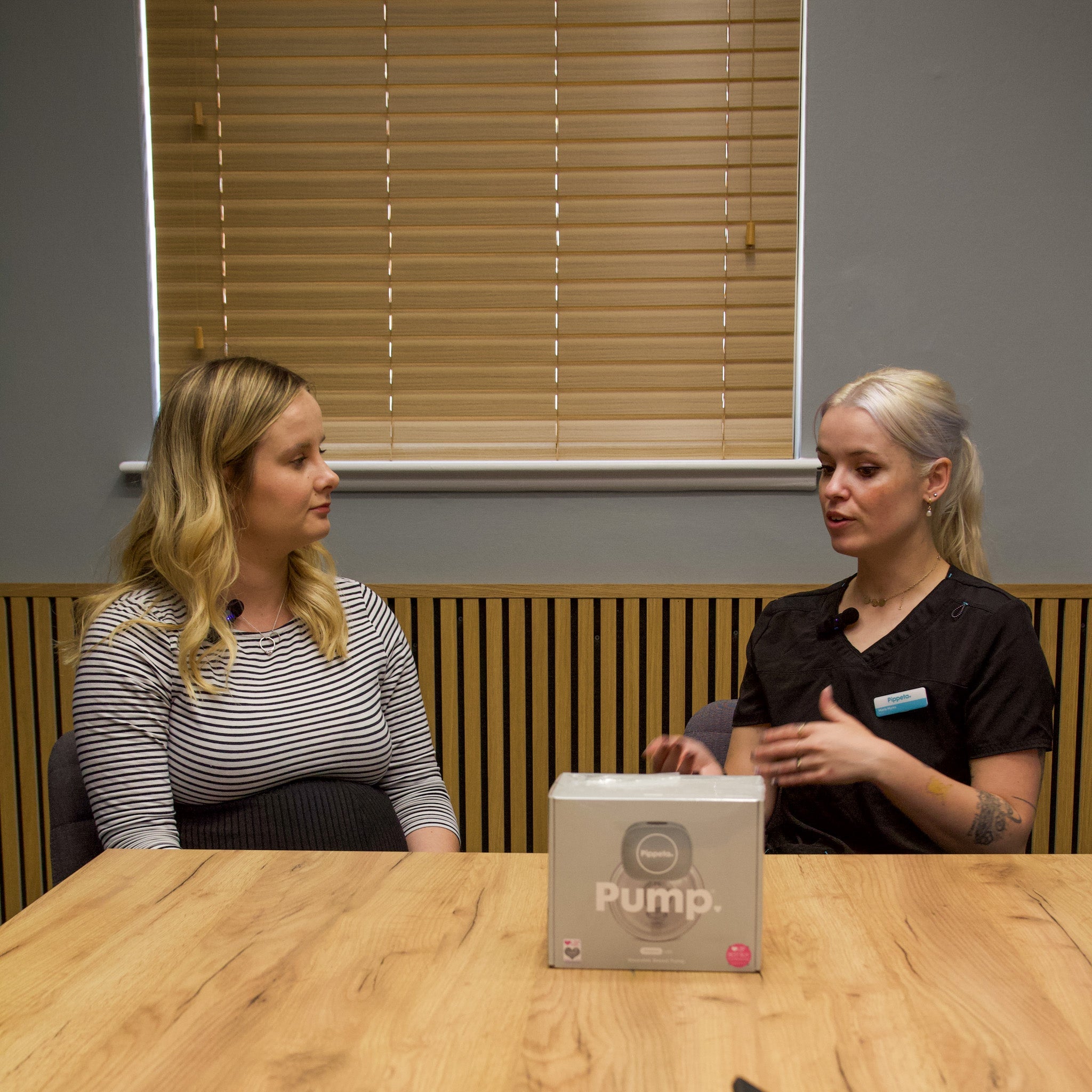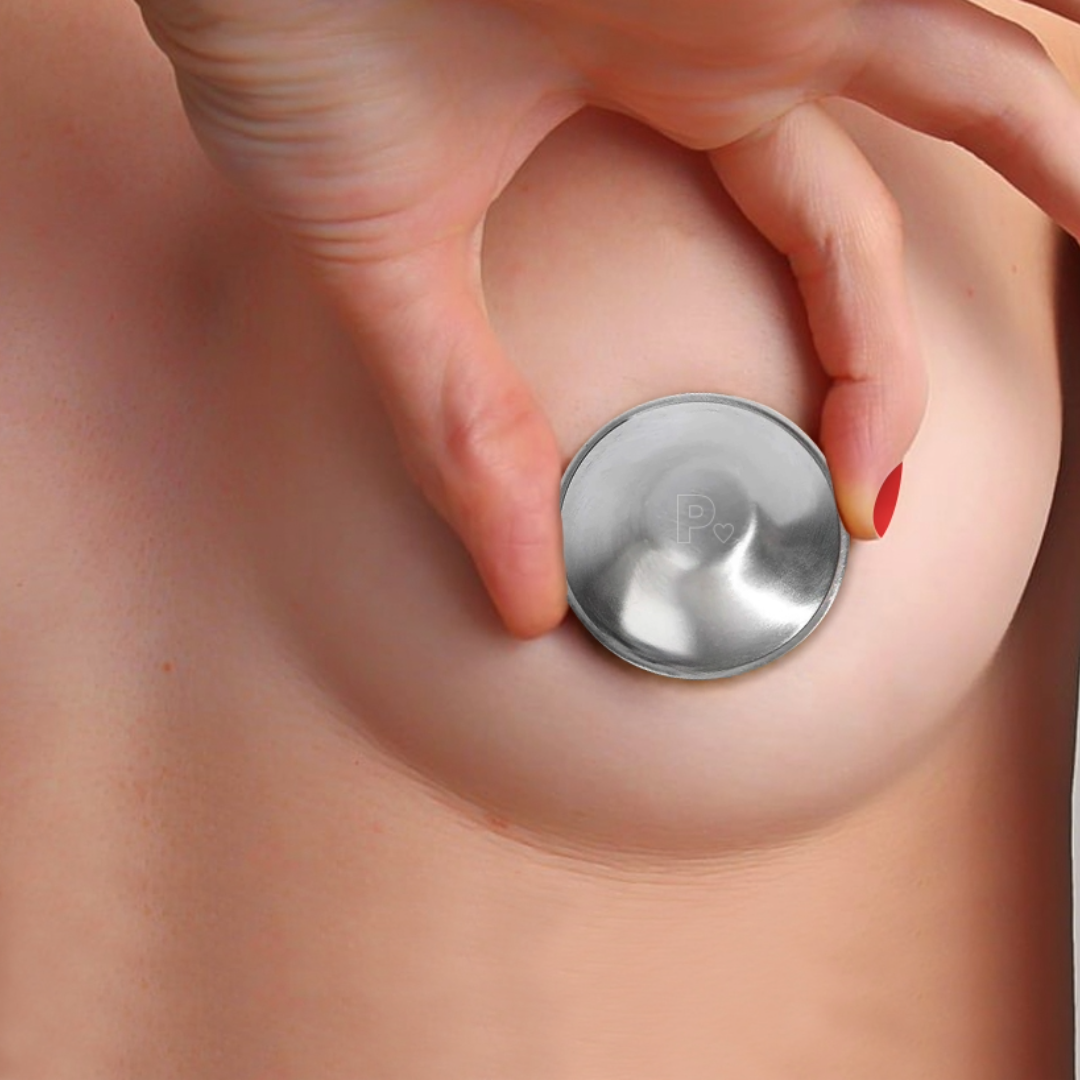Pumping breast milk should be a comfortable and stress-free experience. However, many mums experience discomfort during pumping, which can be discouraging and even painful. At Pippeta, we understand these challenges and are here to help with our top tips for comfortable pumping. Read on to discover how to make your pumping sessions more enjoyable and effective.
Understanding Discomfort During Pumping
Experiencing discomfort while pumping is more common than you might think. This discomfort can range from mild irritation to significant pain, and it can stem from various factors. Some common causes of discomfort include:
- Incorrect Flange Size: Using the wrong flange size can cause nipple pain and ineffective milk flow.
- Suction Level: Setting the pump’s suction too high can lead to pain and discomfort.
- Improper Positioning: Poor positioning of the pump or your body can create unnecessary strain.
- Pumping Duration: Pumping for too long or too frequently can cause soreness and fatigue.
Top Tips for Comfortable Pumping
To help alleviate discomfort and make your pumping sessions more pleasant, here are Pippeta’s top tips for comfortable pumping:
1. Ensure Proper Flange Fit
The size of your pump’s flange is crucial for comfortable and effective pumping. A flange that is too small or too large can cause pain and reduce milk output. Make sure your nipple moves freely in the tunnel without rubbing against the sides or pulling in the areola. Pippeta pumps come with 19mm and 21mm flanges, but we also offer 17mm and 27mm sizes to ensure a perfect fit. If you’re unsure about your flange size, our in-house IBCLC experts are here to help!
2. Use Warm Compresses
Applying warm compresses to your breasts before and during pumping can significantly increase comfort. The heat helps to stimulate milk flow and reduce the time spent pumping. Simply apply a warm compress for a few minutes before starting, and continue to use it over the flanges while pumping for a more soothing experience.
3. Find a Comfortable Pumping Position
Your comfort during pumping is essential. Sit in a relaxed, upright position with good back support. Ensure that your pump is positioned correctly and that the flanges are aligned with your nipples. A hands-free pump like the Pippeta Compact LED Handsfree Pump allows you to move freely and maintain a comfortable posture.
4. Adjust Suction Levels
Start with a low suction level and gradually increase it to find a setting that is comfortable for you. High suction can cause pain and damage to your nipples. Remember, pumping should never hurt!
5. Take Care of Your Nipples
After each pumping session, apply a drop of breast milk to your nipples to keep them moisturised and promote healing. Using Pippeta Nip Cups, which are made of silver, can also help prevent and soothe sore, cracked nipples thanks to their natural antibacterial properties.
https://pippeta.com/products/pippeta-silver-nipple-shields-silver-cups?variant=43782676185303
6. Regularly Replace Pump Parts
Over time, pump parts can wear out and lose their effectiveness, leading to discomfort. Pippeta recommends replacing flanges every 6 months to ensure optimal performance. Keeping your pump parts in good condition can make a big difference in your comfort and milk output.
Why Choose Pippeta?
At Pippeta, we are dedicated to supporting breastfeeding mums with high-quality, innovative products designed for comfort and convenience. Our hands-free pumps and accessories are crafted to make your breastfeeding journey as smooth as possible. Plus, with every Pippeta breast pump purchase, you have access to our in-house IBCLC experts for personalised support and guidance.
Conclusion
Pumping discomfort can be a significant barrier to a successful breastfeeding experience, but with the right tips and tools, you can overcome it. By ensuring a proper flange fit, using warm compresses, finding a comfortable position, adjusting suction levels, taking care of your nipples, and regularly replacing pump parts, you can enjoy a more comfortable and effective pumping routine.
If you have any questions or need assistance with your Pippeta products, our in-house experts are always here to help. Remember, you’re not alone on this journey – we’re here to support you every step of the way. Happy pumping!
*The information on the Pippeta website, including articles, images, and other content, is provided for general informational purposes only. It is not intended as a substitute for professional medical advice, diagnosis, or treatment. We recommend consulting with a qualified healthcare provider for any medical concerns or questions regarding you or your baby’s health. Do not delay or ignore professional medical advice based on the information you find on this site.















Leave a comment
This site is protected by hCaptcha and the hCaptcha Privacy Policy and Terms of Service apply.